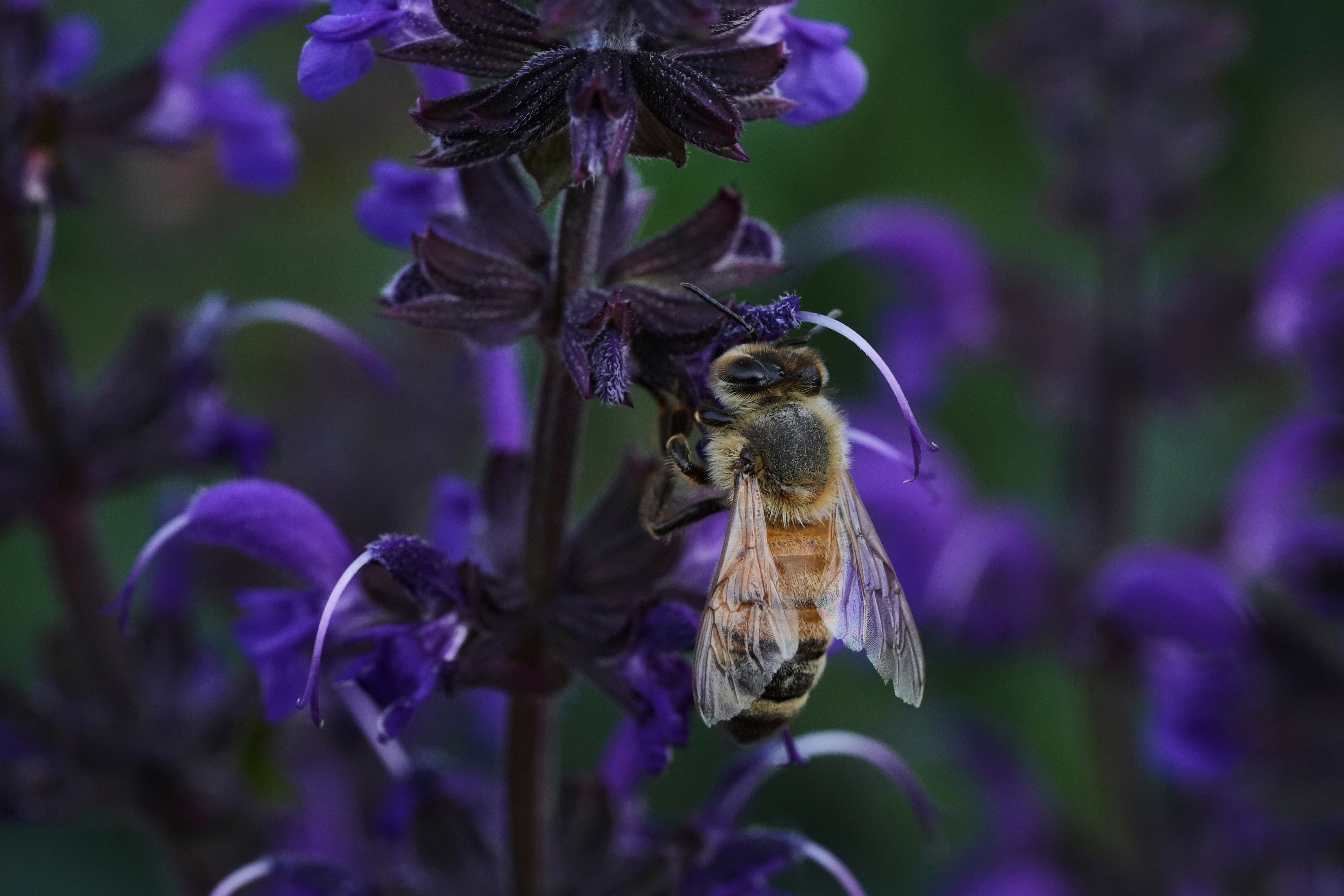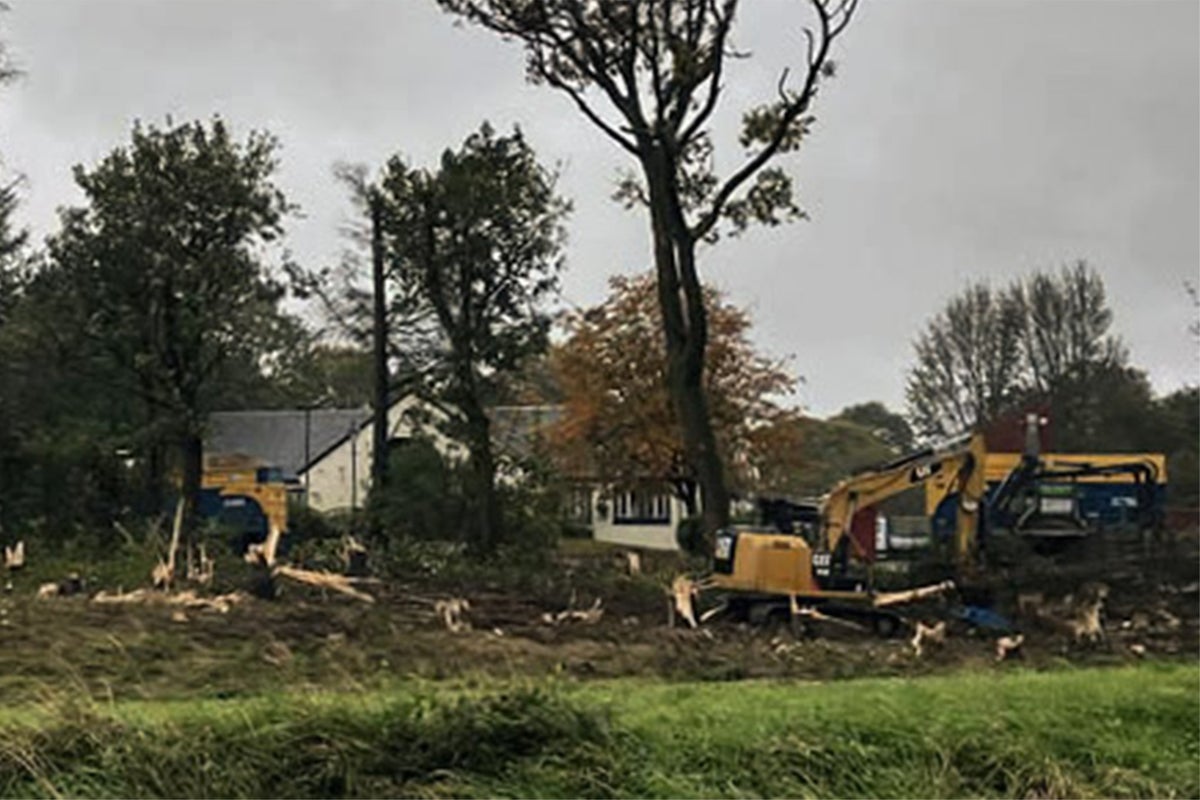The first sighting of an Asian Hornet in Northern Ireland has been confirmed, with the public urged to “remain alert” to more.
The Asian Hornet was captured by a member of the public in the Dundonald area of Belfast on Friday, the Northern Ireland Environment Agency (NIEA) said.
Otherwise known as the yellow-legged hornet, the Asian Hornet is a harmful invasive species originating from East Asia that was first recorded in Europe in 2004.
Single insects and nests are increasingly recorded in the southern counties of England, while two nests were found and destroyed in the Cork area earlier this summer.
Andrew Muir, Minister for Agriculture, Environment and Rural Affairs (DAERA) in Northern Ireland, said: “This is a harmful species that I do not wish to see becoming established in Northern Ireland as it presents a serious threat to both biosecurity and local ecology, particularly valuable pollinating insects.

“On current evidence, this is a solitary asian hornet, but a Departmental response is underway to ensure that no other Asian hornets are present. I am grateful to the Dundonald householder who captured and reported the Asian hornet and would urge the public to remain alert to the potential presence of this insect."
Like bees, the sting of an Asian hornet can cause painful and potentially life-threatening allergic reactions, but these insects pose a wider risk to the UK’s insect population.
The species is described as a “highly effective” predator of insects, including honeybees, wasps and other important pollinators, such as hoverflies. Due to its aggressive nature and feeding habits, there are fears it could have a serious impact on native insect biodiversity and on pollination services more widely.
Figures released last month show that there were 429 credible sightings and 112 nests, as of 11 September, reported by the National Bee Unit (NBU) in the UK.
This is an increase from last year, when there were 71 credible sightings and 24 nests found and from 2023, when there were 72 sightings and 56 nests located.

A hornet’s nest can contain thousands of insects, with a particularly large one having the potential to house 5,000 to 6,000.
There have been a total of 191 confirmed nests of yellow-legged hornets since 2016, all of which have been destroyed, according to the government.
NIEA officials have launched a monitoring programme involving specialist equipment and live traps to confirm whether the recent sighting is of just one hornet or if there may be a whole nest.
The DAERA said, if more hornets are found, “intensive monitoring” will continue to remove any nests and make sure there are no further insects.
It is also urging the public to “be vigilant” and report any suspect insects “immediately”, but warns that suspected nests should not be disturbed.
Reports, ideally with a photograph, can be made to DAERA via the Asian Hornet Watch app at https://www.brc.ac.uk/app/asian-hornet-watch or via CEDaR invasive species online recording at http://www2.habitas.org.uk/records/ISI

.jpeg)




















.jpeg)













 English (US) ·
English (US) ·